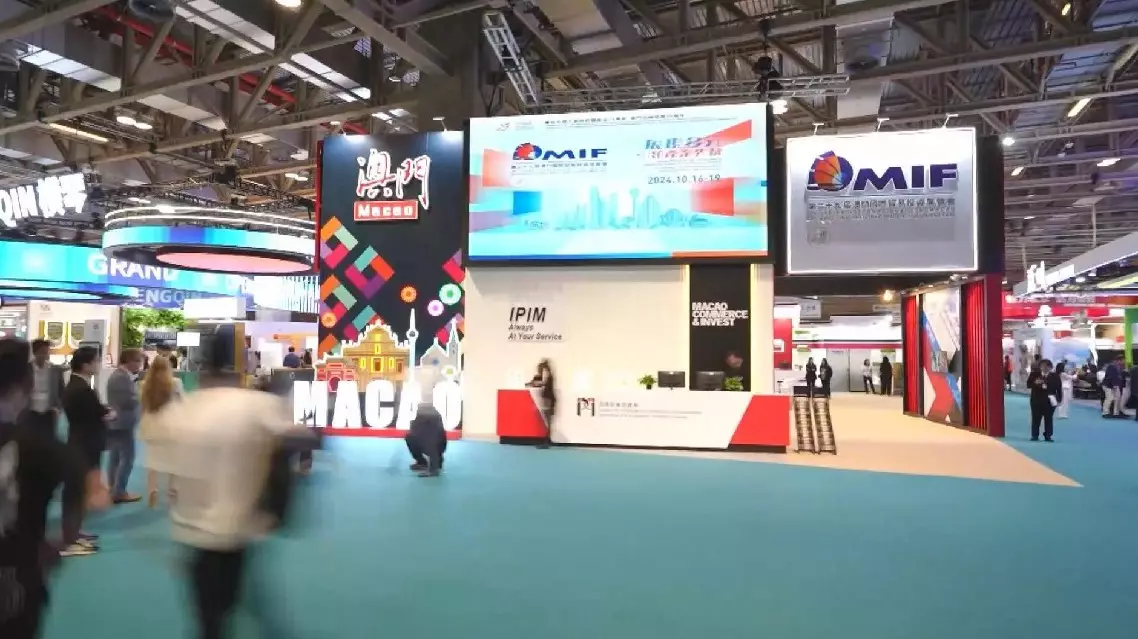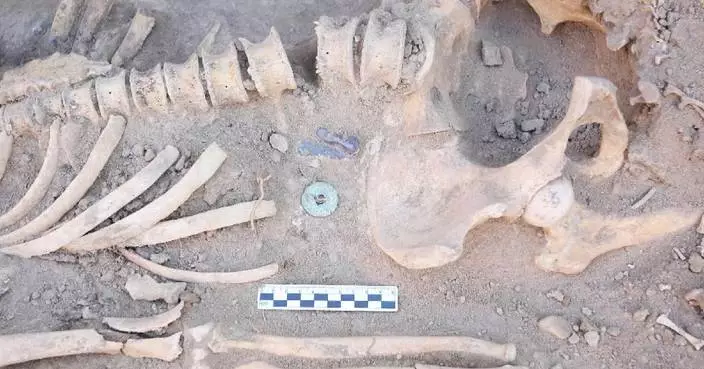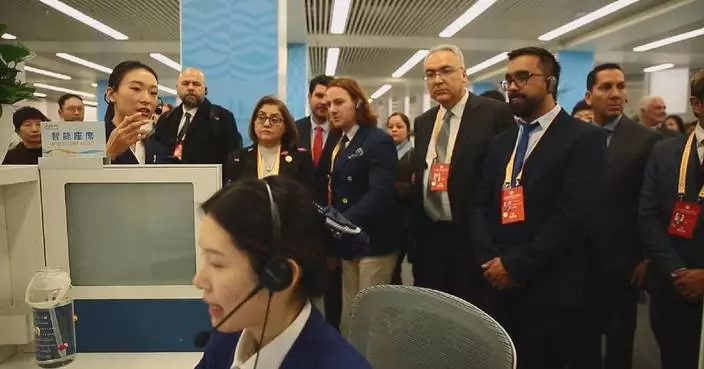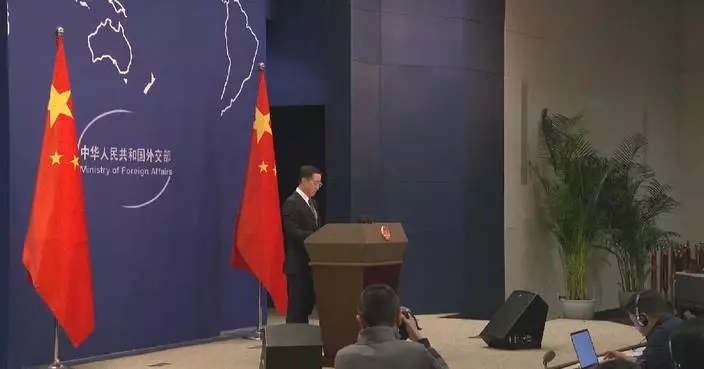China's domestically developed single-aisle aircraft, the C919, completed a flight from southwest China's Sichuan Province to neighboring Xizang Autonomous Region on Thursday, marking the aircraft's first landing in Xizang.
The C919 jet, developed by the Commercial Aircraft Corporation of China (COMAC), departed from Chengdu Shuangliu International Airport Thursday morning and arrived at Lhasa Gonggar International Airport in Lhasa, capital of Xizang, after a two-hour-and-eight-minute flight.
Click to Gallery
China's homegrown C919 aircraft lands in Xizang for first time
China's homegrown C919 aircraft lands in Xizang for first time
China's homegrown C919 aircraft lands in Xizang for first time
China's homegrown C919 aircraft lands in Xizang for first time
China's homegrown C919 aircraft lands in Xizang for first time
The C919 will undergo research and development test flights to assess key systems for high-altitude operations, including environmental control, avionics, and power units that are critical for high-altitude operations.
"High plateau air routes require high safety altitudes and cover long distances. Prolonged flights over mountains require the aircraft to have excellent climbing and barrier clearance capabilities. Additionally, systems like environmental control, brakes, and engines must operate at a higher level of performance and reliability," said Yan Zikun, assistant chief engineer of the C919.
"Lhasa Gonggar International Airport, situated at an altitude of 3,569 meters and surrounded by mountains, has a complex meteorological environment. To ensure the successful test flight of the C919 in Xizang, we made thorough preparations and conducted multiple simulator training sessions," said Liu Gang, a test pilot for the C919.
The plane will also take adaptability checks for ultra-high-altitude airports to lay the foundation for meeting the operational needs of ultra-high-altitude routes and the Research and Development of high-altitude aircraft models in the future.
Meanwhile, China's first domestically developed regional passenger jet, the ARJ21, is undergoing a month-long series of ultra-high-altitude demonstration flights around the Qinghai-Xizang Plateau to verify the model's adaptability to high-altitude airports and routes. The C919 and ARJ21 both arrived in Lhasa on Thursday.
"To ensure the success of this demonstration flight, we’ve developed specific flight policies, tailored to different high-altitude airports, taking into account the flight procedures, airport equipment, and operational environments, which fully demonstrated the ARJ21's adaptability to conditions of High plateaus," said Yang Jian, an instructor for ARJ21 flights.

China's homegrown C919 aircraft lands in Xizang for first time

China's homegrown C919 aircraft lands in Xizang for first time

China's homegrown C919 aircraft lands in Xizang for first time

China's homegrown C919 aircraft lands in Xizang for first time

China's homegrown C919 aircraft lands in Xizang for first time
Macao has been emerging as a global hub for conventions and exhibitions in recent years by exploring the enormous opportunities in the sector, driving the region to advance its economic diversification and embrace a brighter future.
Macao has received many awards this year, such as the Best Convention City (Asia) and the Best BT-MICE City, showcasing the recognition for and influence of Macao's exhibition industry.
More than 1,000 electronic game enthusiasts from all over the world gathered recently in Macao to participate in a esports themed event.
Su Zhili, organizer of the event, said that Macao's rich experience in hosting large-scale events, coupled with its good infrastructure, has driven him to choose the region as an ideal destination to hold such an activity.
"Macao has held many similar large-scale events. It has rich experience, and the facilities at the venue are relatively mature, so we can start our work comfortably," said Su.
During the first three quarters of 2024, Macao held more than 1,000 conferences and exhibitions in total.
"We will invite more professional, special conferences to be held in Macao and also cultivate more exhibition brands with international influence in Macao, so as to promote Macao's exhibitions to be more market-oriented, professional, international, digital and greener from various aspects. This is our goal," said Elaine Wong, member of the Macao Commerce and Investment Promotion Institute.
In addition, multiple large exhibitions and conferences, such as the Macao International Trade and Investment fair, the Macao Franchise Expo, and the International Infrastructure Investment and Construction Forum, are held regularly in Macao.
With the introduction of a series of policies and measures to facilitate the exchanges between the mainland and Macao, as well as the construction and development of the Guangdong-Hong Kong-Macao Greater Bay Area and the Guangdong-Macao In-Depth Cooperation Zone in Hengqin, Macao's convention and exhibition industry will embrace more opportunities for development in the foreseeable future.
"We have such a good industrial base in the Greater Bay Area. The mode of 'Convention and Exhibition + Industry' not only integrates the industries of Macao, but also the industries of the Greater Bay Area. In addition, Macao actively integrates into the national development and plays a role in the Belt and Road. Why are we so confident in Macao's convention and exhibition sector? Because it is backed by the motherland, and the country gives Macao great support," said Alan Ho, chairman of the Macao Association of Convention, Exhibition and Tourism Sectors.

Macao emerges as global hub for conventions and exhibitions, driving economic diversification and international recognition














